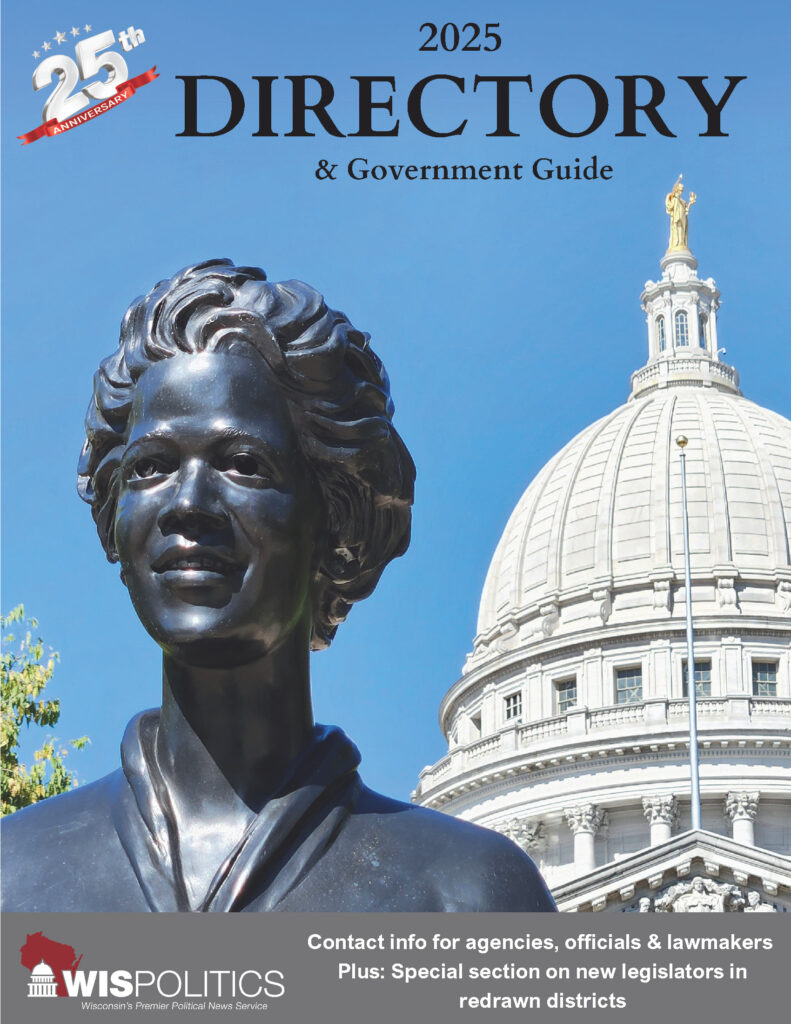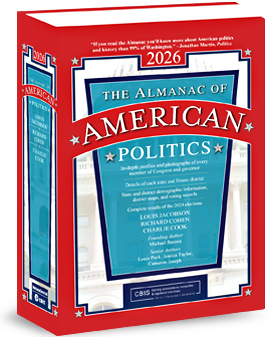Madison, Wis – Yesterday, during the contested case hearing pertaining to the Enbridge Line 5 Relocation Project, expert witness Tim Drake of Environmental Resources Management spent hours laying out in great detail how the approved relocation route was selected to ensure minimal environmental impact. Drake has nearly 30 years of experience as an environmental consultant. Drake explaine...
Please log in to access subscriber content.
If you don't have a subscription, please contact schmies@wispolitics.com for subscription options on the WisPolitics-State Affairs platform, which is the new home for WisPolitics subscriber products.


